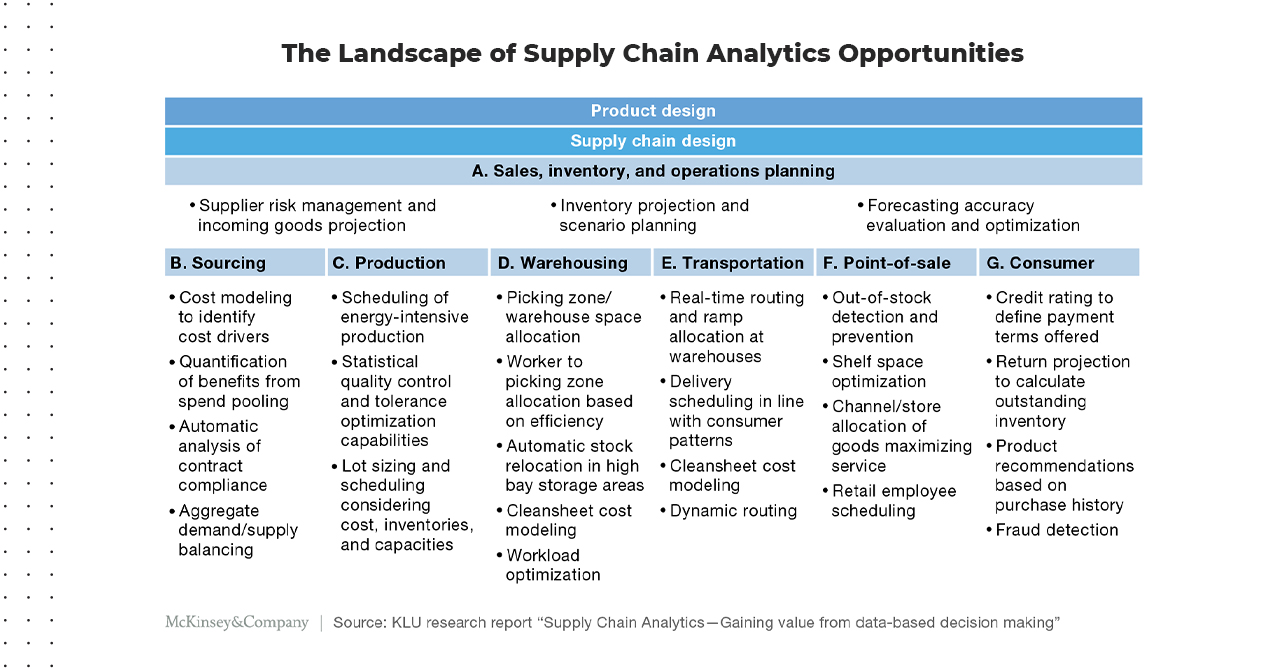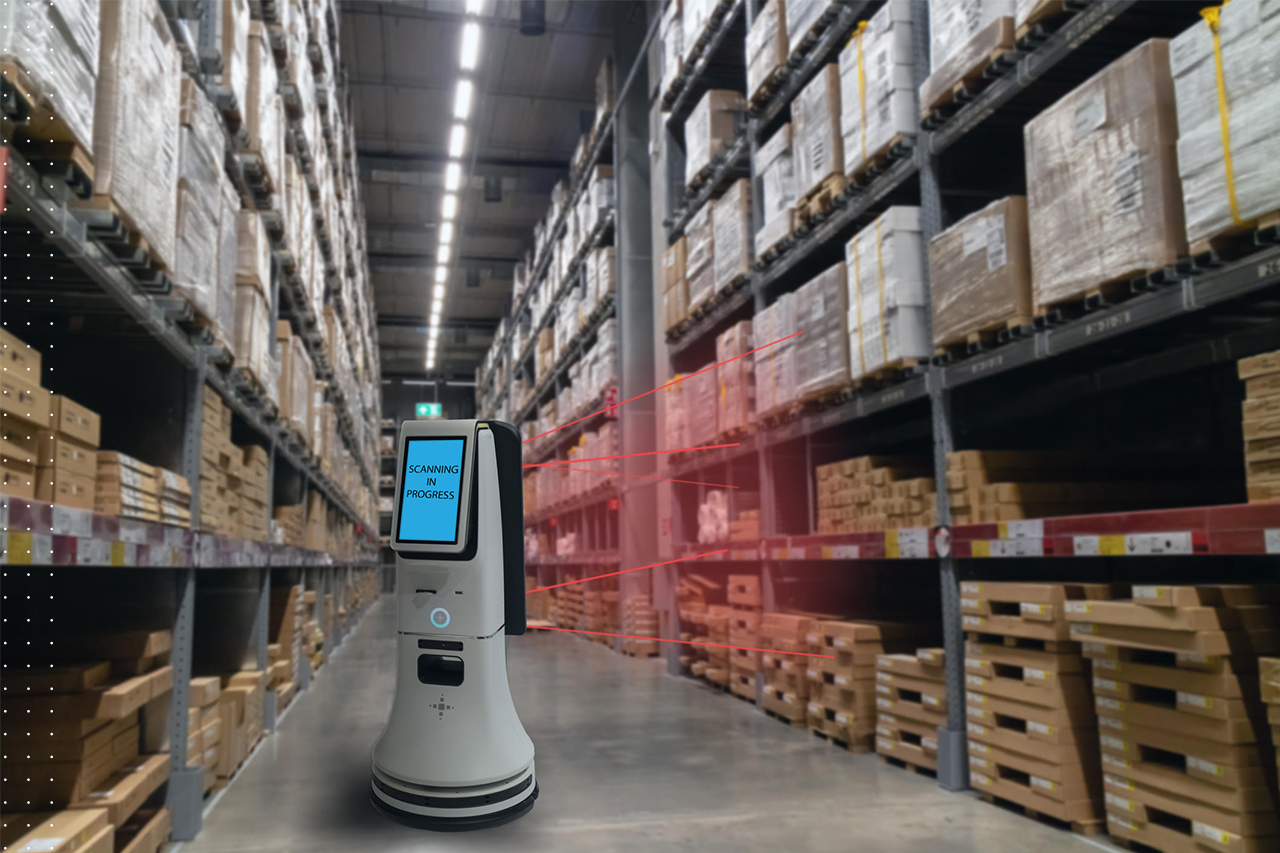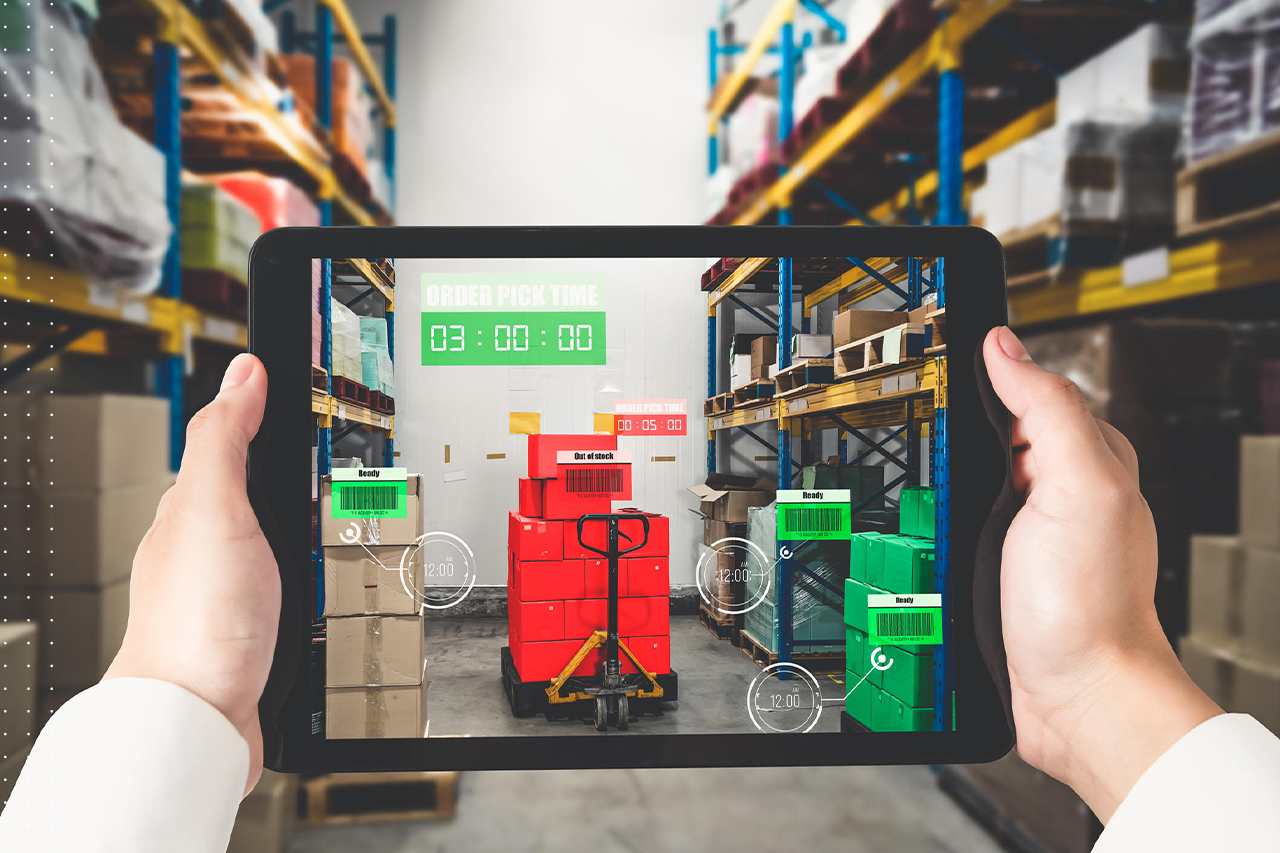To make faster, seamless deliveries possible, brands need to tighten their supply chain. The pandemic has put a lot of stress on the global supply chain. The supply shock that began in China in February and the demand shock that followed as the global economy shut down uncovered weaknesses in production strategies and supply chains. Temporary trade restrictions and shortages of pharmaceuticals, critical medical supplies, and other products, further added to the problem.
As a consequence of all this, brands have to reduce or even eliminate their dependence on sources that are perceived as risky and rethink their use of lean manufacturing strategies that involve minimizing the amount of inventory held in their global supply chains. In the post-pandemic world, the supply chain will take center stage, and managing it efficiently with technical support is going to be what gives one brand an upper hand over the others.
1. Micro fulfillment is emerging as the need of the hour

Retailers are now faced with unprecedented omnichannel fulfillment complexities. Not only do customers expect faster order fulfillment and delivery, but they’re also opting to ‘buy online and pick up in-store (BOPIS)’ or ‘click-and-collect’. Amazon has spent billions of dollars on building its shipping infrastructure, including its existing operating 175+ fulfillment centers across the world and investing nearly $1.5 Bn to build an air hub in the US. Walmart, on the other hand, is relying on its existing footprint across 5000+ US stores to help deliver online orders faster.
All this is hinting towards micro-fulfillment emerging as a strategy retailers are using to make the fulfillment process more efficient and their supply chain more ready — from receiving an online order to packing it and offering last-mile delivery. This approach will certainly work towards imparting speed to localized, in-store pick-up and combine it with the efficiency of large, automated warehouses. Delivery speed and costs are more important than ever to retain customers and foster brand loyalty. In fact, this will become a big differentiator for grocery e-commerce as the number of people making online grocery purchases has increased drastically the world over and a recent report indicated that in the US, 46% of people use online delivery more now than before the COVID crisis, and 40% use online pickup more.
2. Use big data to tie-in loose nodes

Supply chain management is held at the heart of every successful e-commerce company. Supply Chain efficiency always ensures that the right product reaches the right place at the right time. It ensures cost reduction and enhancement of cash utilization. That is why it is important to stay alert and tie-in all loose ends in the supply chain architecture. Big data can come in handy here and it is that quantitative method and structure that can be used to improve decision-making for all activities across the supply chain. While the role of big data is extremely exhaustive and full-pronged across the entire supply chain design, it is important to understand it in theory in a simplified way so that brands can incorporate it to make their backend operations seamless.
Big data is all about real-time analytics and it primarily does two very important things in making supply chain management easy
- It expands the dataset for analysis beyond the traditional internal data held on Enterprise Resource Planning (ERP) and supply chain management (SCM) systems.
- Big data apply powerful statistical methods to both new and existing data sources. This helps give structure to new insights. This in turn allows forecasting and helps improve supply chain decision-making capabilities for your brand, all the way from the improvement of front-line operations, to strategic choices such as the selection of the right supply chain operating models.
3. Improve ROI by introducing automation to the mix

Introducing automation will help take care of tasks usually done manually, such as placing orders, processing changes, data entry, and much more. This frees up time and cuts down on human errors leading to error-free, faster processes. Adidas for instance has been able to reduce 60% of its operational supply chain costs just by switching to end-to-end automation. The largest sportswear manufacturer used automation across 400 factories by bringing in standardized, reusable processes to deliver the best results in a cost-effective way across the supply chain, marketing, finance, retail, and eCommerce. On the supply chain part, with automation, the brand was able to globally attend to supply chain service desk management, vendor onboarding, PO change management, Contract form approval, product data verification, and other such tasks in real-time. This highly successful initiative helped the brand save a lot of time, it earlier lost in manually attending to internal processes and reduced the time to market for Adidas by two-thirds. Moreover, automating systems helps cut down slacks and in return allows the supply chain to stay agile and alert for any unforeseen situations. This readiness further boosts the framework towards growth.
4. Eye the future and introduce robotics

Autonomous technology is not the next big thing of the future but is the most important thing at present defining the face of the supply chain. Autonomous robots are expected to see strong growth over the next five years. In fact, according to the Boston Consulting Group (BCG), the global robotics market is estimated to reach USD 87 Billion by 2025. It is believed that more than half of this will be allocated for the retail market. In fact, it is not uncommon to find giant beetle-like robots moving around busily with vertical shelves stacked on them inside Amazon’s warehouse in southern New Jersey, US. Tesco for instance uses Radio Frequency Identification (RFID) robots who are used to scan inventories for entire stores in just an hour (as against seven hours for a store employee) with far fewer errors.
Even though every word of this sounds too futuristic to be believable, this is the reality for now and retailers are beginning to realize that innovation must set in holistically and extend far beyond just the warehouse or supply chain. Autonomous mobile robots (AMRs) are fast becoming commonplace in warehouses, helping warehouse workers to fulfill orders quickly and efficiently. There are a few different types of robots that companies are considering, and each has its own unique set of advantages. AMRs in totality enable workers to be more productive due to constant collaboration and promote agility, cutting down on slacks and errors.
A cohesive and well-defined supply chain where you can leave enough room for tweaks in the future owing to evolving trends will surely help you gain an edge over your competitors through the entire lifecycle of your product. Getting a grip over the supply chain is necessary now as, by 2025, many supply chains may shift from global flows of goods and services to national, regional, and local networks of buyers and suppliers. So, integrating the supply chain keeping an eye on the global and local is the real deal!
